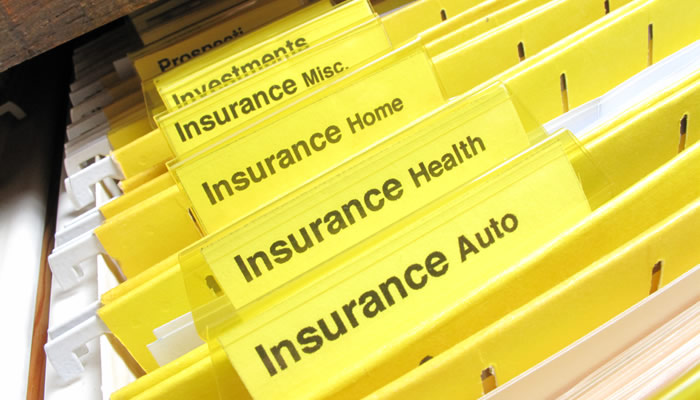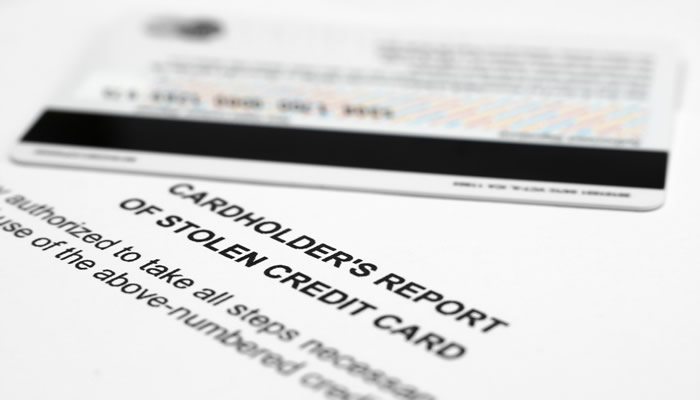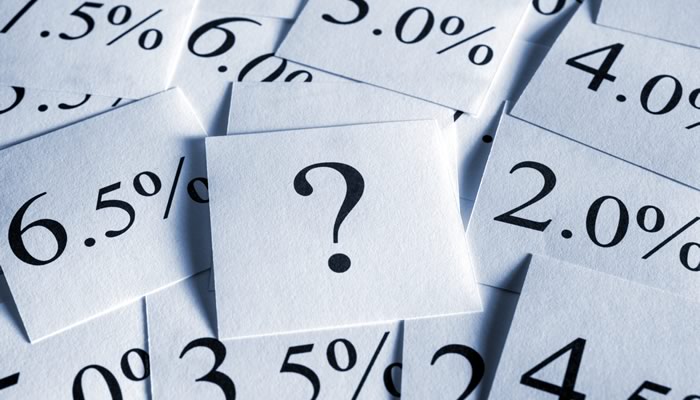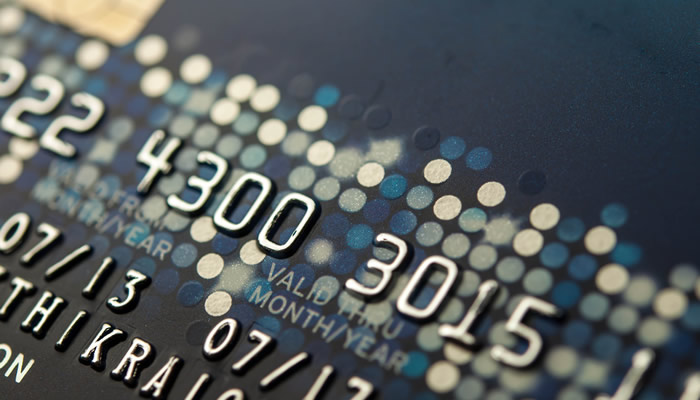The In’s and Out’s of Balance Protection
Have you ever been caught in a financial bind? The sad reality in today’s economy is you can no longer depend on a job for life. We’re constantly told by financial institutions we should be saving for a rainy day.

Today there seems to be a form of insurance for everything – for mortgages you can purchase mortgage insurance and for credit cards you can purchase balance protection. Does credit card balance insurance make sense or is it just another way for the banks to line their coffers? Let’s take a look at what balance protection is and whether you need it.
What is Balance Protection Insurance?
Most homeowners would purchase home insurance without a second thought, but unlike home insurance, balance protection isn’t required, it’s optional.
Here’s how balance protection works: let’s say your credit card statement comes due and you’ve run into financial hardship. Financial hardship comes in many forms – you may have been let go at work, suffered a critical illness like cancer, or fallen ill. This is where balance protection insurance comes to the rescue. For a “low” monthly premium, you’ll be protected if you’re unable to pay your credit card balance.
Credit cards are notorious for having some of the highest interest rates out there. With the typical credit card interest rate at 19.99%, not only can you rack up a lot of debt pretty quickly, you can damage your credit rating. It can take seven years for negative credit ratings to disappear from your credit report. While balance protection may seem good at first glance, it isn’t necessarily all it’s cracked up to be.
What is Covered?
Although balance protection can help you out in a time of need, there are some important drawbacks to be aware of. As with most types of insurance, the amount of premiums you pay depends on your level of risk – cardholders with higher outstanding balances will pay higher premiums. If you have a large outstanding balance, it can be very expensive.
When most people purchase balance protection insurance, they believe their entire outstanding balance is covered, when that’s often not the case. Many credit cards only cover your minimum balance – the greater of $15 or 2% of your outstanding balance. While that’s slightly helpful, it’s a far cry from paying your balance in full. Your credit rating can still take a hit, as interest starts to add up quickly.
Alternatives to Balance Protection
The reality is most Canadians don’t need balance protection – it’s just a high-priced insurance policy designed to pad the banks’ bottom line. Credit card delinquency remains very low in Canada – only 0.78% of VISA and MasterCard cardholders were delinquent (defined as an outstanding credit card balance 90 days or more past due) for the period ending October 31, 2013, according to the Canadian Bankers Association.
Rather than purchasing balance protection, a far better way to protect yourself is through self-insurance. You can self-insure yourself by purchasing sufficient disability insurance, life insurance, and having a “rainy day” fund. With these precautions in place, you should be more than prepared to weather the financial hardship storm without costly balance protection insurance.




